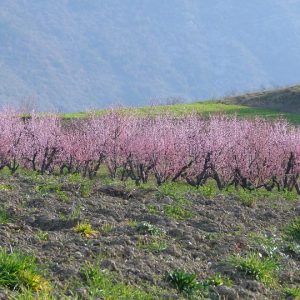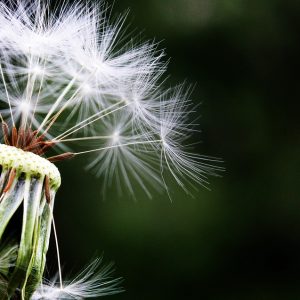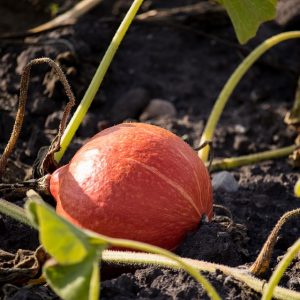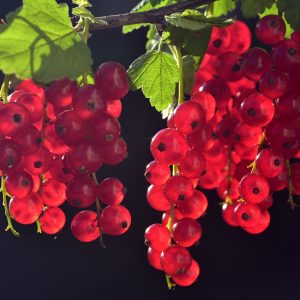E-Learning Structure
The duration of this online course is 100 hours. This consists of 9 in-depth lessons:
- Introduction: Review of the system of plant identification, general characteristics of the group, information contacts (ie: nurseries, seed, clubs, etc.).
- Culture: Planting, staking, mulching, watering, pest and disease, feeding, pruning, protection from wind, salt air, etc.
- Propagation: Methods of propagating this group of plants; creating a scented garden; growing in pots, inside, or in the open ground.
- Using Scented Plants: Crafts, cooking and other uses; fresh and dried herbs and scented plants.
- The Most Commonly Grown Varieties: Roses – how they can be used; Jasmine and gardenias.
- Other Important Scented Plants: Fragrant natives, boronias, the Lamiaceae family.
- The Lesser Grown Varieties: Use of lesser known scented plants for craft or cooking.
- Special Assignment: Students must complete a special assignment on one selected plant or group.
Course Aims
- Make up a list of at least 50 sources of information, about the identification and use of scented plants.
- Watch a plant propagation video.
- Obtain one soil sample typical of your local area; name the soil and test the drainage of the soil.
- Obtain (or make up) a potting mix appropriate for growing herbs in.
- Make up a propagating mix, appropriate for striking seed or cuttings in.
- Visit a nursery or garden growing scented plants.
- Obtain any materials which are needed for propagating scented plants by grafting, stem cuttings, root cuttings, aerial layering and seed.
- Harvest and dry parts from at least three different herbs.
- Make the following scented products: pot pourri, a cosmetic product, a herb vinegar, a herb salt and one other craft product.
- Make a bottle of either herb oil.
- Prepare hot and cold herb teas.
- Prepare one edible product, using a part of a scented plant for flavouring.
- Produce one sample of a scented oil, using fresh harvested material from a scented plant.
- Visit a general nursery. Note what herb seeds, and herb plants are commonly available.
- Research the cultural requirements of some (or all) of the following genera: Viola, Viburnum, Lonicera, Jasminum, Daphne and Gardenia. Find information on Magnolias, Lilac,Conifers, Scented Camellias, Citrus, Convallaria (Lily of the Valley), Lilium, Hyacinthus, Forsythia and Michelia.
- Visit a scented garden.
- Visit and analyse the business operations of at least two herb enterprise.
- Design a garden featuring scented plants.
- Compare the commercial potential of three different types of herb enterprises, in your locality (based on the set task).
- Propagate a scented plant
- Prepare 48 plant review sheets of scented plants.
How Does A Warnborough Online Course Work?
You can start the course whenever is convenient for you. You will be studying from home and have access to support from our qualified tutors. Practical exercises and research tasks will be set at the end of each lesson – including an assignment. You will submit this assignment to your course tutor, who will mark your work and give you constructive feedback and suggestions.
If you have any questions please contact us.





